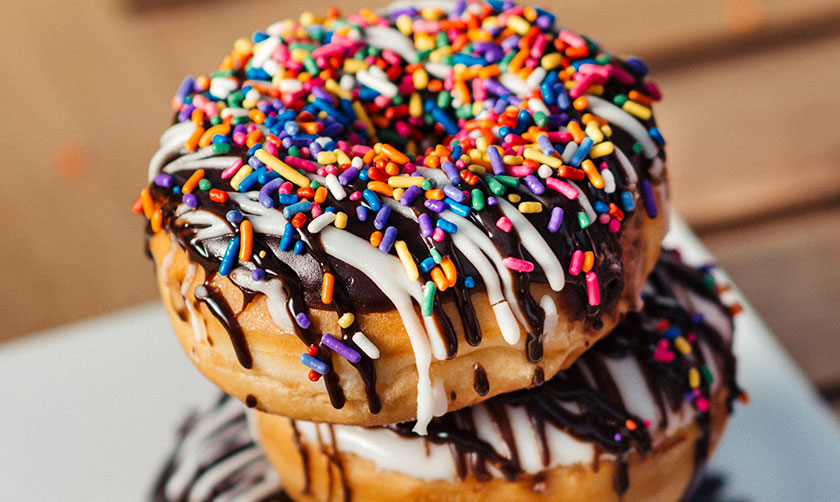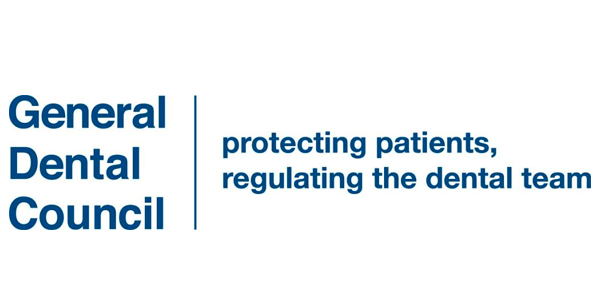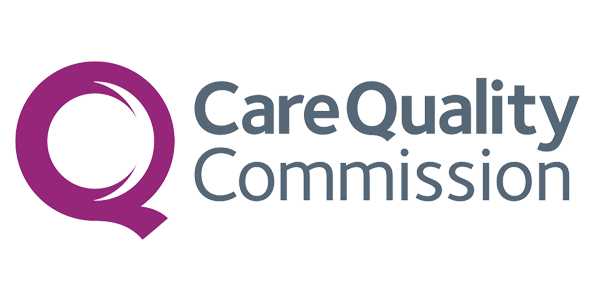Im sure at one point or another we have had a cheeky telling off about our sugar intake from the dentist. But why?
We are all guilty of giving into a sugar craving every now and again, but what is it doing to our teeth? Especially our children’s teeth.
When it comes to teeth it isn’t how much sugar is eaten, but how long it is in contact with teeth. There are naturally occurring bacteria in everyone’s mouths. The bacteria feed on sugar, forming acids that can harm teeth.
The calcium in saliva works to remineralise teeth after exposure to small amounts of eroding acid, but with the increased consumption of sugar, it’s not enough.
These days, it’s not just white sugar you have to worry about. It’s agave, rice malt syrup, panela, high-fructose corn syrup and coconut sugar. There are more and more of them and they’re often used to disguise the total amount of sugar present and to make food appear more healthy than it actually is.
Did you know:
Tooth decay is now the number one reason for hospital admissions among young children.
Recent data has revealed that 170 children and teenagers in England are undergoing tooth extractions under general anaesthesia in hospitals in England every day.
This costs £36 million a year – and the number of operations have increased by 17% since 2012.
Helpful tips;
- Quitting fizzy drinks: Fizzy drinks are the largest single source of sugar consumption for children aged 11-18, and they provide an average of 29% of daily sugar intake – cutting them out for a month is an easy way to reduce sugar intake and to help encourage a reduced intake for the rest of the year, by switching to healthier alternatives.
- Sugar-free fizz is still bad for teeth: The fizz in sugar-free drinks is still acidic, and can cause tooth erosion, so it’s much better to switch to tooth-friendly alternatives like water, milk, or a small serving of fruit juice – but this is best consumed with a meal, to avoid the erosive acidity of the fruit juice.
- Reduce sugary snacks: the risk of developing tooth decay increases as the amount and frequency of sugar consumption rises.
- Brush twice a day: keeping teeth clean by regular brushing helps prevent decay. Children’s brushing should be supervised until the age of seven. Ask your dentist for more advice.
- Use a fluoride toothpaste: all children up to three years old should use a toothpaste with a fluoride level of at least 1000ppm, both morning and night. From three to six years old, their toothpaste should contain more than 1000ppm. For children six years and older, the recommended amount is between 1350ppm-1500ppm. (ppm = parts per million)
- Visit the dentist on a regular basis: ask your dentist how often you should visit and keep your appointments, if oral health problems are spotted early, then they can often be dealt with much easier. Your dentist can answer any questions you have about the best way to look after your child’s teeth.
- Watch out for ‘hidden’ sugars: pure fruit juices can be a healthy choice, but the natural sugars these contain can still damage teeth. If you are offering fruit juice, drink it with a meal and only in a small glass (up to 150ml).






